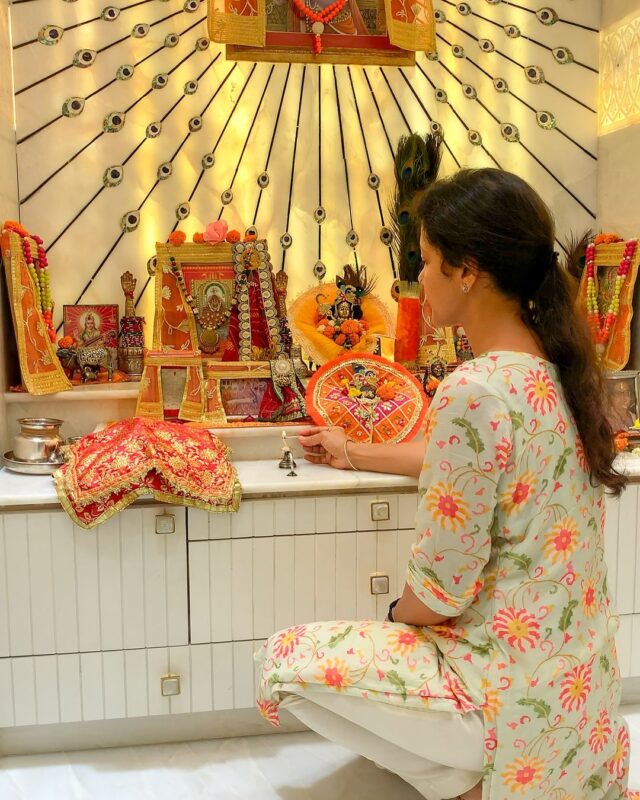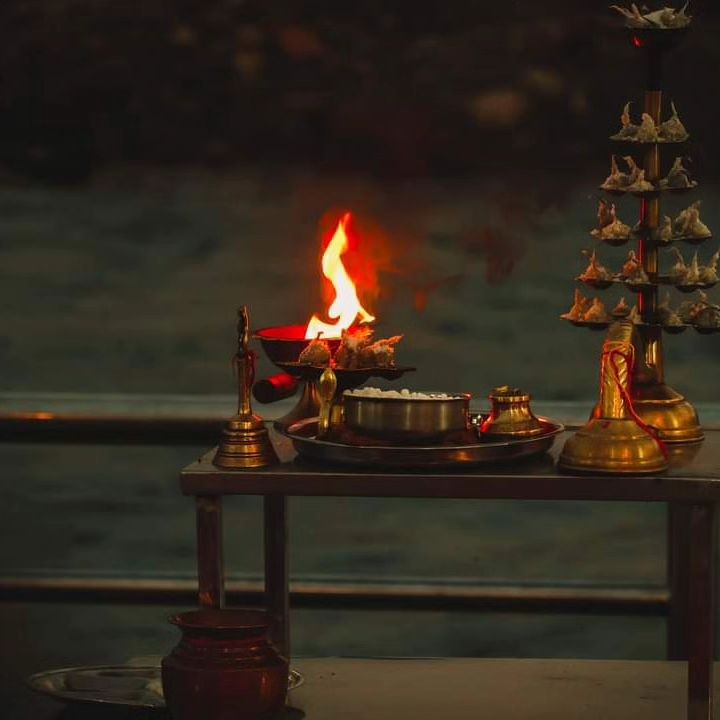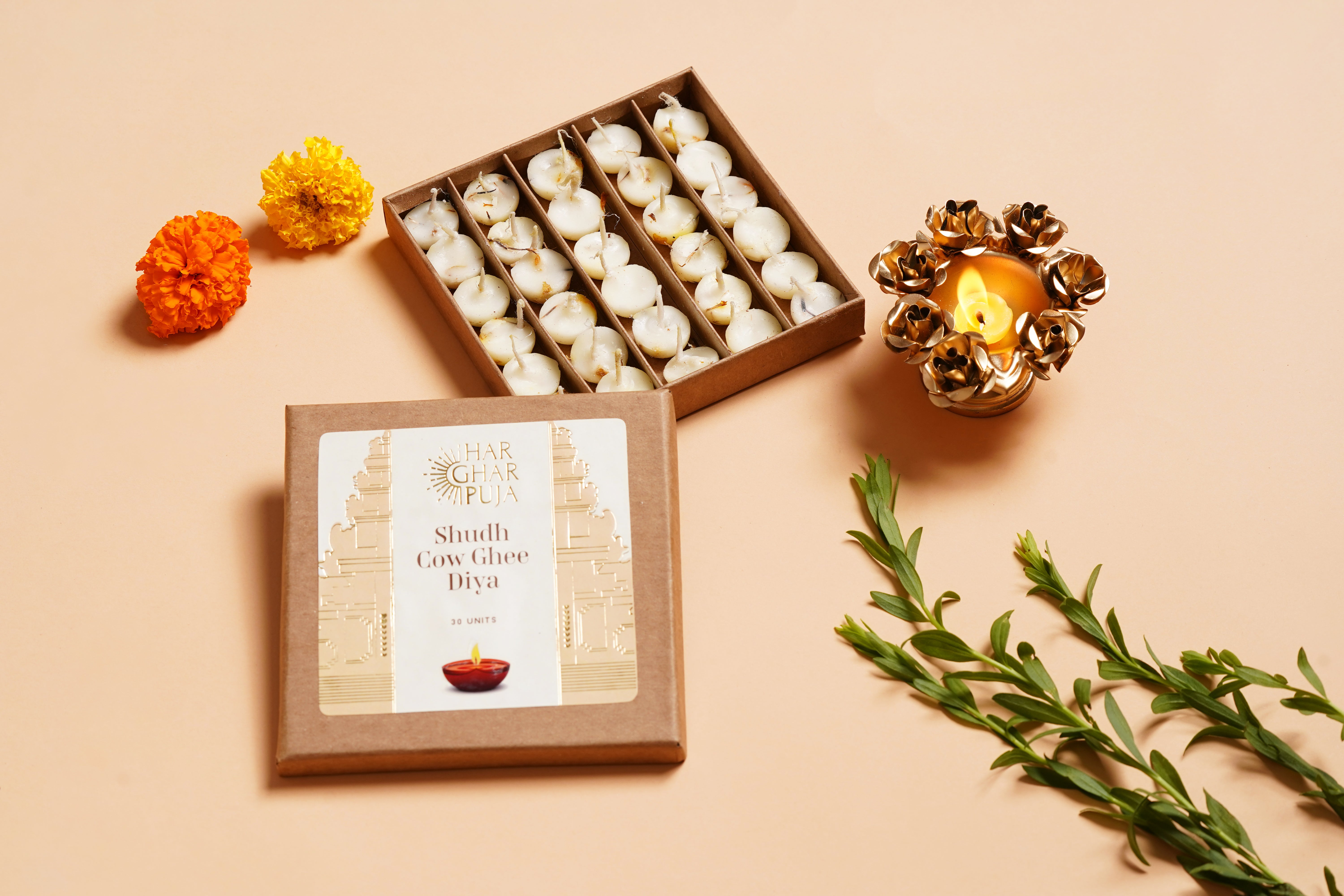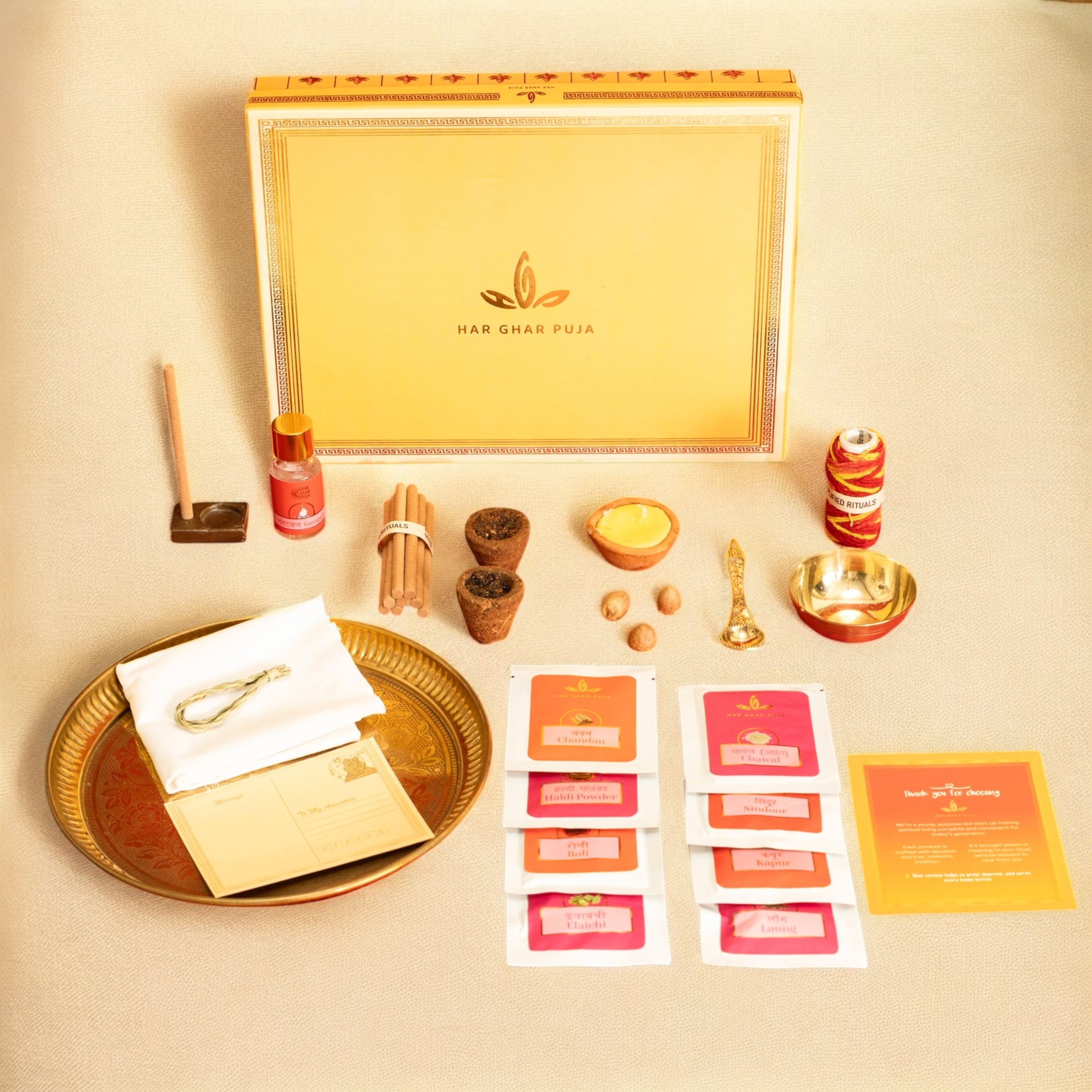In the mosaic of human experiences, happiness and sadness play continual roles, often compared to the two sides of a coin. While these emotions naturally ebb and flow throughout life, there are spiritual practices within Hinduism that can transform moments of sorrow into joy. Central to this transformative process is the worship of God, which serves as a conduit to divine proximity and a medium through which one can convert inauspicious deeds into auspicious ones.
Worship in Hinduism is a profound expression of seeking mental and spiritual peace, as well as attaining both worldly pleasures and spiritual upliftment. It’s often debated whether worship impacts God, but its effect on the devotee is undeniable. Engaging in worship or prayer influences the heart and the soul within it, casting a beneficial and constructive impact on one’s entire being.
This article delves into the various forms of daily worship and their benefits. Understanding these can help unlock doors to enduring happiness and peace in one’s life. The mantras and prayers recited during worship are not just spiritual utterances but are believed to have a positive effect on the heart and other vital glands. This leads to physical health, mental clarity, and calmness. Through regular worship—whether it be prayers, devotions, or meditative practices—one can steer life towards positive energy and spiritual awareness.
Benefits of daily puja
Worship in Hinduism is said to be inherently fruitful. The scriptures declare that devotion and contemplation of divine qualities inevitably lead to union with God. Recognized as the highest virtue in Vedic religion, worship is considered mandatory for every individual. Scriptures assert that worship can avert untimely death, bring prosperity, and is the right of every man and woman.
There are primarily two types of worship:
- Nitya Puja: This is the daily worship which includes practices like Sandhya Vandan.
- Naimittik Puja: These are performed on special occasions, such as Shivaratri or Navratri.

The Shiva Purana emphasizes the importance of daily worship of deities like Lord Ganesha, Lord Surya, Lord Vishnu, Maa Durga, and Lord Shiva. Such worship is believed to fulfill all desires of the devotee.
How many types of Pujas are there
Worship can be categorized into several types, but there are three main types described in the scriptures:
- Panchopchar Puja, where five deities are worshipped with simple offerings like scent (Gandha), flowers (Pushpa), incense (Dhoop), lamp (Deep), and food offering (Naivedya).
- Dashopachar Puja, a more elaborate form involving ten steps of worship including welcoming the deity, offering water for washing feet and hands, bathing, clothing, offering scents and flowers, and food.
- Shodashopchar Puja, the most detailed method, involving sixteen forms of offerings from invocation to forgiveness prayers.

Each method of worship, whether simple daily rituals or elaborate festive ceremonies, is designed to align the devotee more closely with the divine energies. The act of worship, performed with sincerity and devotion, is a powerful tool that not only aids in overcoming life’s challenges but also enhances the spiritual journey, leading to a profound sense of fulfilment and peace.
Panchopchar Puja process
Shlok for Panopchar puja…
गंधं पुष्पं तथा धूपं नैवेद्यमेव च (Gandha Pushpam and Dhoopam Naivedyamev Cha)
अखंडफलमासाद् कैवल्यं लभते ध्रुवम्। (Akhandaphalmasad Kaivalyam Labhete Dhruvam)
- Fragrance- turmeric, sandalwood and kumkum
- Flower
- Dhoop
- Aarti (Camphor)
- Prasad – Naivediyam
- Seeking forgiveness

Dashopchar Puja process
In the Dashopachara pujan method, the deity is worshipped with devotion in 10 steps that include Paadya, Arghya, Aamchan, Bath, Clothes, Smell, Flowers, Dhoop, Deep and Naivedya. After completing Puja, one should seek forgiveness from the gods for any errors that they may have done while performing the puja.
If you have a temple at home and you have installed the deity at home as per the rituals, then it is advised to worship him daily using the Dashopachara method.
Shodashopchar Puja process
In the Shodashopachar pujan method, 16 items are offered to the deities. But it is considered very important to recite mantras before offering each item.
- Invocation
- Asana
- Padya (washing of feet)
- Arghya (washing of hands)
- Aachman (washing of face)
- Bath
- Clothes
- Yagyopaveet
- Scent – Sandalwood or Kumkum
- Flowers
- Incense (Dhoop)
- Lamp (Deep)
- Naivedyam
- Namaskar
- Pradakshina, Parikrama
- Mantra-Pushpanjali (offering flowers)
After completing Puja, one should seek forgiveness from the gods for any errors that they may have done while performing the puja.
By integrating these practices into daily life, one not only adheres to the rich traditions of Vedic religion but also paves the way for a harmonious and enriched life experience.







